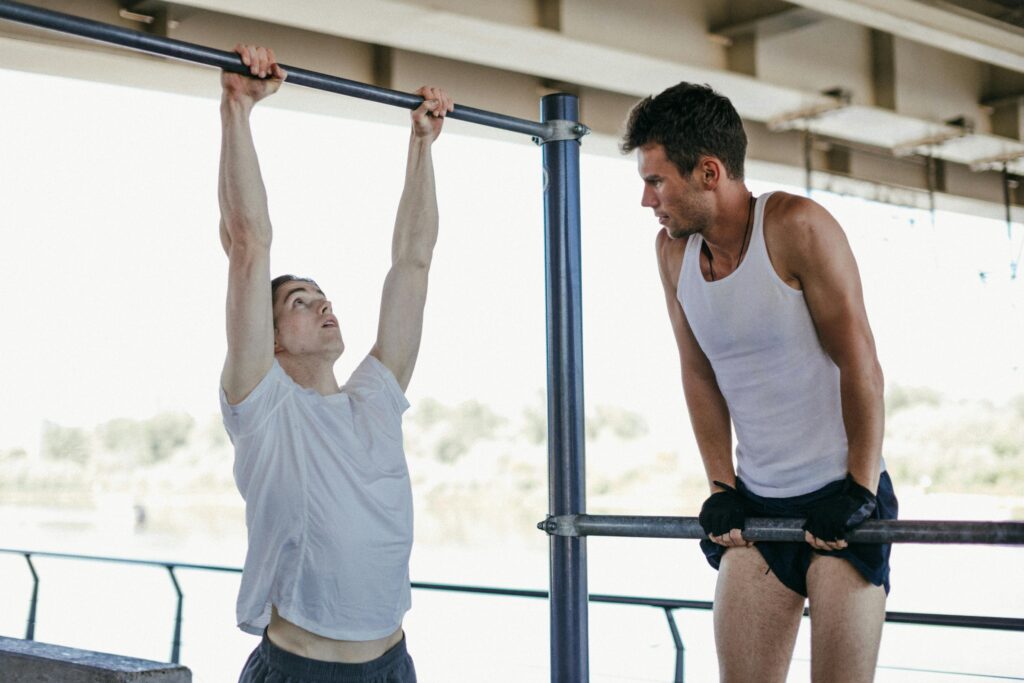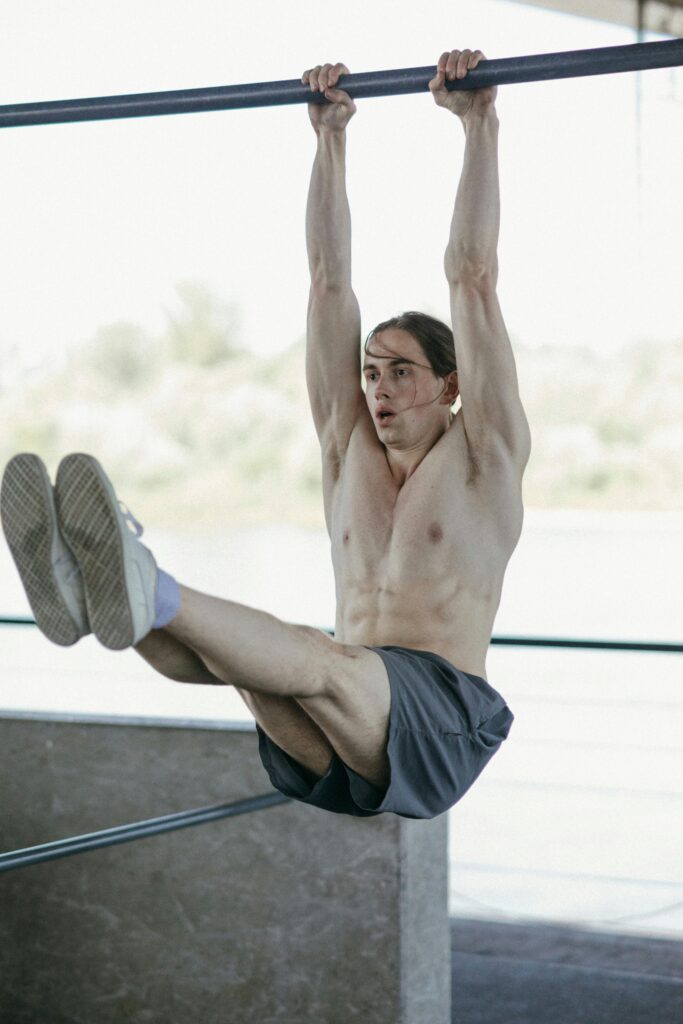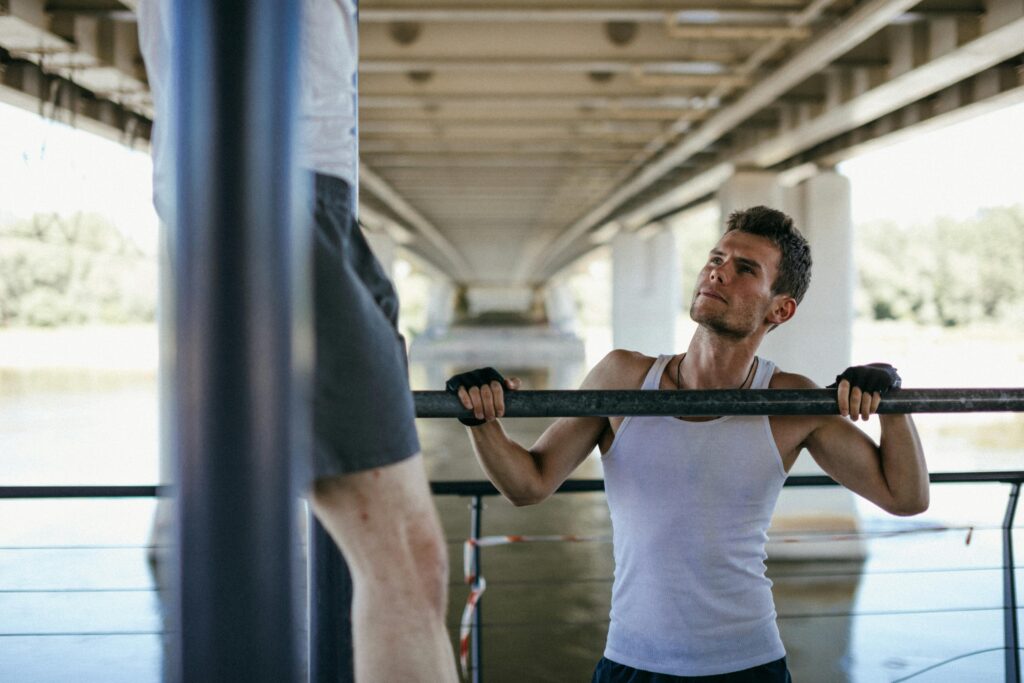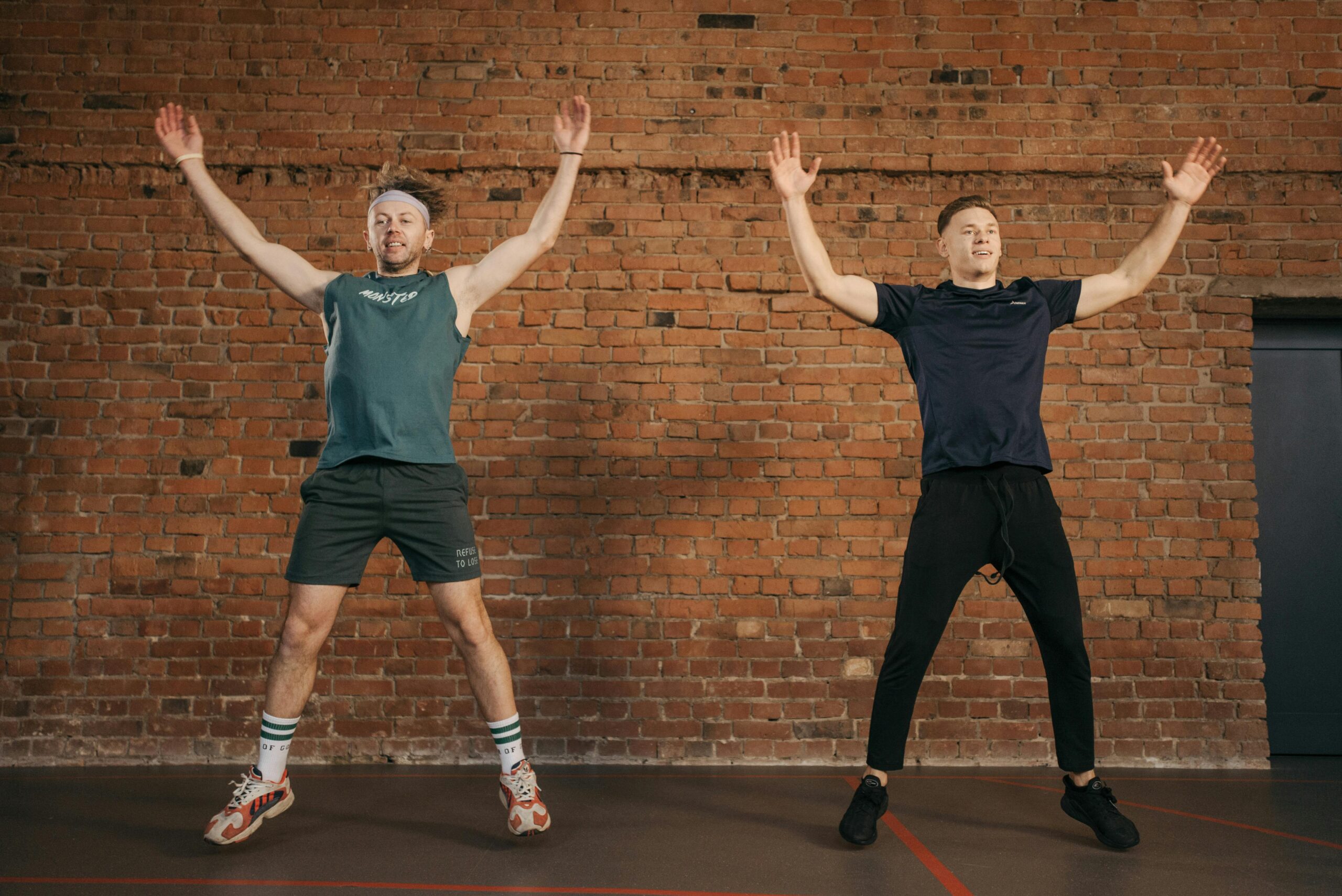Mastering Pull Exercises Calisthenics for Everyone: A Complete Guide to Strength and Hypertrophy
Welcome to Body Weight Beast! Today, we’ll dive into the world of pull exercises in calisthenics, focusing on how these movements can help you achieve muscle hypertrophy—the process of building bigger, stronger muscles. Whether you’re new to calisthenics or looking to enhance your workout routine, mastering calisthenic pull exercises is essential for developing a balanced, powerful upper body. In this guide, we’ll explain the benefits of pulling exercises calisthenics, cover key movements, and give you tips on incorporating these exercises into your training routine.
Let’s get started!
What Are Pull Exercises in Calisthenics?
Pull exercises calisthenics are bodyweight movements where you pull your body towards a bar or hold while engaging your upper body muscles. These exercises target your back, biceps, forearms, and core, helping you build strength and muscle mass. Unlike push exercises (which involve pressing movements like push-ups), pull exercises focus on pulling motions, making them essential for overall upper body development.
Why Are Pull Exercises Important in Calisthenics?
In calisthenics, mastering both push and pull exercises creates balanced strength, which helps prevent muscle imbalances. Strong pulling muscles not only give you a toned back and arms but also improve your posture, mobility, and overall functional fitness. If you’re aiming for hypertrophy, incorporating calisthenic pull exercises is crucial because they stimulate the large muscle groups in the upper body, promoting muscle growth.
Now, let’s explore some of the best pulling exercises calisthenics for hypertrophy.

Top Pull Exercises for Calisthenics Hypertrophy
1. Pull-Ups
Pull-ups are the king of pull exercises calisthenics. They primarily target your lats, biceps, and shoulders, making them one of the most effective exercises for upper body hypertrophy.
How to Perform a Pull-Up:
- Grab a pull-up bar with a shoulder-width grip, palms facing away (overhand grip).
- Hang from the bar with your arms fully extended.
- Pull your chest toward the bar by engaging your back and arms.
- Lower yourself back down in a controlled manner.
If you’re a beginner and find pull-ups challenging, start with assisted pull-ups using resistance bands.
2. Chin-Ups
Chin-ups are similar to pull-ups but with a supinated grip (palms facing towards you). This grip shifts more emphasis to your biceps while still engaging your back. Chin-ups are a fantastic calisthenic pull exercise for building arm and upper back strength.
How to Perform a Chin-Up:
- Grab the bar with your palms facing you and your hands about shoulder-width apart.
- Hang from the bar with your arms fully extended.
- Pull yourself up until your chin is above the bar.
- Lower yourself down slowly and repeat.
Chin-ups are a great variation for building both strength and hypertrophy in your biceps and upper body.
3. Australian Rows (Inverted Rows)
Australian rows, also known as inverted rows, are an excellent bodyweight rowing exercise that targets the lats, rhomboids, and traps. This pulling exercise calisthenics is easier than pull-ups, making it perfect for beginners while still being effective for advanced athletes.
How to Perform an Australian Row:
- Position a barbell or low bar about waist height.
- Lie under the bar and grab it with an overhand grip.
- Keeping your body straight, pull your chest towards the bar.
- Lower yourself back down in a controlled manner.
Australian rows are fantastic for improving back strength and can be adjusted by raising or lowering the bar to increase difficulty.
4. Archer Pull-Ups
Archer pull-ups are an advanced variation of the traditional pull-up that involve pulling more with one arm, increasing the challenge and building unilateral strength. This is an advanced pull exercise calisthenics that focuses on one side of the body at a time, leading to significant hypertrophy gains.
How to Perform an Archer Pull-Up:
- Grab the bar with a wide grip.
- Pull yourself towards one hand while keeping the other arm straight.
- Lower yourself and alternate sides on the next rep.
Archer pull-ups engage your lats, biceps, and core, and are an excellent way to progress towards one-arm pull-ups.
5. Muscle-Ups
Muscle-ups are a compound movement that combines a pull-up with a dip at the top, working the pulling and pushing muscles simultaneously. They require explosive strength, making them a great calisthenic pull exercise for athletes looking to increase their upper body power and hypertrophy.
How to Perform a Muscle-Up:
- Begin with a pull-up motion.
- As you reach the top, push your body up over the bar.
- Transition into a dip position and press yourself up until your arms are fully extended.
- Lower yourself back down and repeat.
Muscle-ups target the lats, chest, triceps, and shoulders, providing a full upper body workout. They are advanced but highly effective for hypertrophy.

Programming Pull Exercises for Hypertrophy
In order to achieve hypertrophy, you need to focus on volume, time under tension, and progressive overload. Here’s how you can structure your pull exercises calisthenics routine for optimal growth:
1. Frequency
Aim to incorporate pulling exercises into your routine at least 2-3 times per week. This frequency ensures that your muscles are stimulated enough for growth without overtraining.
2. Sets and Reps
For hypertrophy, the ideal rep range is 6-12 reps per set. Start with 3-4 sets of each exercise, focusing on slow and controlled movements to maximize time under tension. For more advanced movements like muscle-ups, aim for lower reps but higher intensity.
3. Rest Periods
Rest for 60-90 seconds between sets. This allows for sufficient recovery while still maintaining the intensity needed for hypertrophy.
4. Progressive Overload
To build muscle, you need to constantly challenge your body. As you become stronger, increase the difficulty of your exercises. For example, add weight to your pull-ups by using a weight vest or progress to harder variations like archer pull-ups or one-arm pull-ups.

Benefits of Pull Exercises in Calisthenics
1. Builds a Balanced Physique
Focusing on both push and pulling exercises calisthenics ensures that you develop a balanced physique. This is essential not only for aesthetics but also for preventing muscle imbalances that can lead to injury.
2. Improves Grip Strength
Many calisthenic pull exercises heavily rely on grip strength, which is vital for everyday tasks as well as advanced calisthenics movements like the muscle-up.
3. Enhances Back and Arm Strength
By incorporating a variety of pull exercises calisthenics, you’ll strengthen the muscles in your back, shoulders, and arms. This will improve your posture and make other movements, such as push exercises, easier and more efficient.
4. Minimal Equipment Needed
One of the best things about calisthenic pull exercises is that they require minimal equipment. All you need is a pull-up bar or rings, both of which can be found on our equipment page. This makes pull exercises perfect for home workouts or outdoor training sessions.

Conclusion – Pull Exercises Calisthenics
Mastering pull exercises calisthenics is key to building a strong, balanced, and muscular upper body. By incorporating exercises like pull-ups, chin-ups, rows, and muscle-ups into your routine, you’ll see significant improvements in strength and hypertrophy.
Remember, consistency is key, and as you progress, don’t forget to challenge yourself with harder variations and increased volume.
Start incorporating these calisthenic pull exercises into your routine today and watch your strength soar!




